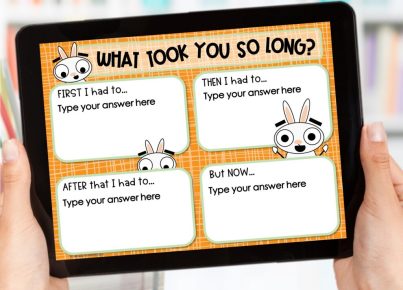In recent years, online learning has become more than just a trend but a mainstream option for education. As the world becomes more digitally connected, online learning opportunities have become diversified, catering to different learning styles, needs, and schedules. Here are some of the most common types of online learning that are available today.
1. Synchronous online learning
Synchronous online learning is similar to traditional classroom learning but online. It’s where students and teachers interact in real-time through communication tools such as video conferencing or chat rooms. This type of learning is ideal for students who require structured, scheduled, and live interaction with their peers and instructors. It’s also great for those who thrive in collaborative and interactive environments.
2. Asynchronous online learning
Asynchronous online learning is a self-paced learning experience where students can access learning materials at any time and complete coursework on their schedule. There is no real-time communication with instructors or peers, and students are not required to be online at specific times. This type of learning is ideal for those with time constraints, a variety of personal or professional obligations, and who prefer to work at their own pace.
3. Hybrid online learning
Hybrid online learning (also known as blended learning), combines in-person and online learning. There is a mix of synchronous and asynchronous learning, and students have the opportunity to connect and collaborate with their peers and instructors both online and in-person. This type of learning can be beneficial for those who need the structure and support of traditional classroom learning but also desire the flexibility offered by online learning.
4. Microlearning
Microlearning is a type of asynchronous learning that delivers small learning units, allowing learners to acquire knowledge and skills in bite-sized chunks. It typically involves videos, infographics, quizzes, and other engaging materials. This type of learning is often used for self-directed learning or on-the-job training, with learners being able to access the material from anywhere at any time.
5. Massive Open Online Courses (MOOCs)
MOOCs are courses that are delivered online to an unlimited number of students. They offer a self-paced, asynchronous mode of delivery where students can access lectures, materials, and assessments. MOOCs can be free, or there may be a fee for assessment or certification. They are ideal for those who wish to learn about a particular topic but not necessarily pursue an accredited degree.
In conclusion, online learning is no longer a one-size-fits-all approach, and there are many different types available to suit different learning preferences, needs, and schedules. Whether it is synchronous, asynchronous, blended, microlearning, or MOOCs, online learning can offer valuable opportunities for education, career advancement, and personal enrichment.




